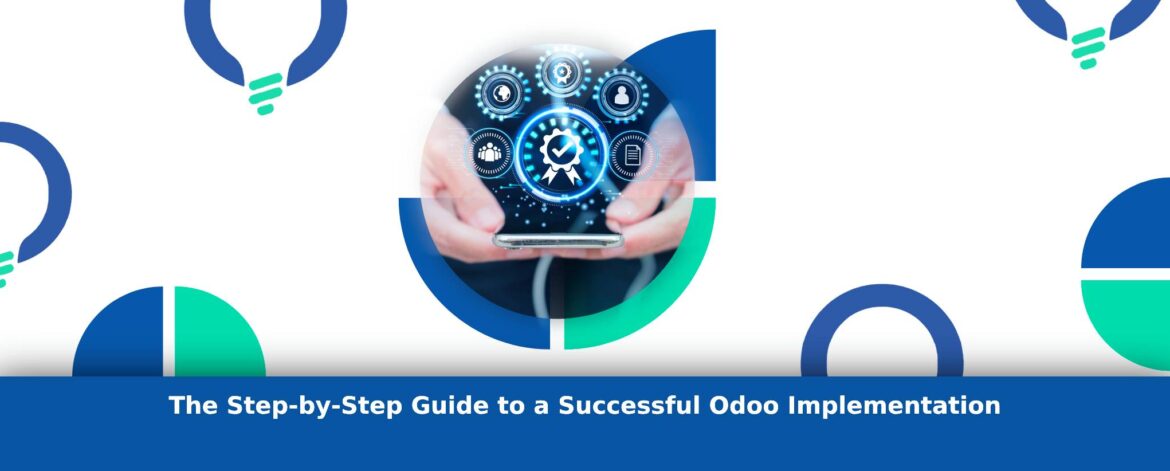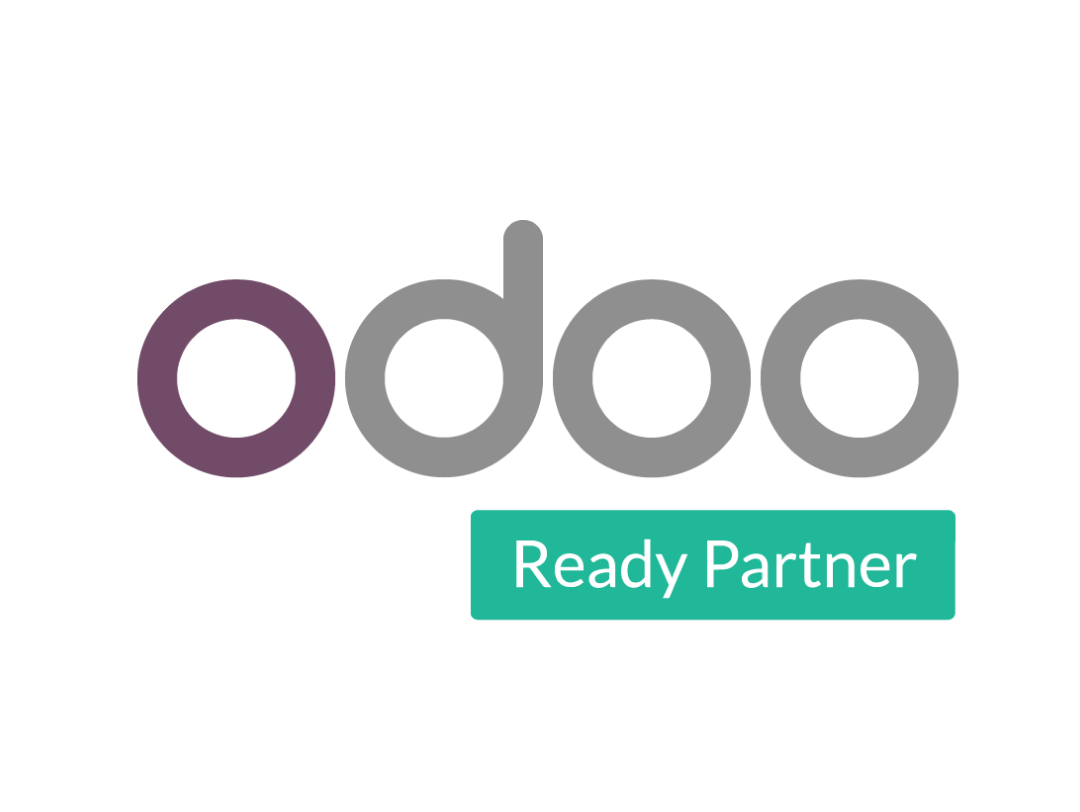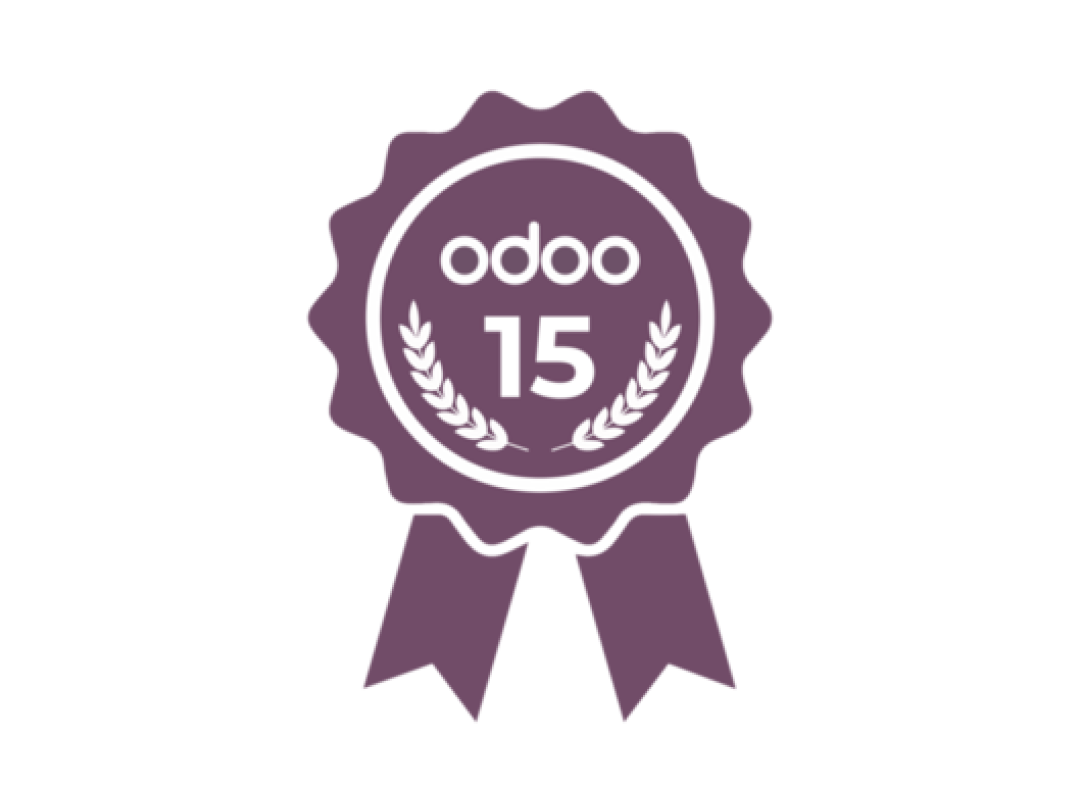Implementing Odoo, an enterprise resource planning (ERP) solution, is a strategic move for businesses seeking streamlined operations and enhanced productivity. A successful Odoo implementation requires meticulous planning, execution, and optimization. Let’s navigate through the step-by-step process to ensure a seamless Odoo deployment tailored to your business needs.
Define Objectives and Scope
Begin by outlining clear objectives for your Odoo implementation. Identify pain points, define desired outcomes, and set specific goals. Determine the modules needed—whether it’s inventory, CRM, accounting, or others—to align with your business processes and requirements.
Assemble a Competent Team
A dedicated project team comprising key stakeholders, domain experts, IT personnel, and Odoo consultants is crucial. Ensure clear roles and responsibilities within the team. Collaborate closely to leverage diverse expertise during the implementation process.
Conduct a Comprehensive Analysis
Perform an in-depth analysis of existing workflows, data structures, and business processes. Identify areas that require customization or configuration to seamlessly integrate Odoo into your operations. This analysis phase lays the groundwork for a tailored implementation plan.
Customize and Configure Odoo
Utilize Odoo’s customizable features to tailor the platform to your specific business needs. Configure modules, workflows, fields, and reports based on the earlier analysis. Leverage Odoo’s flexibility to adapt the system to match your unique requirements.
Data Migration and Integration
Smooth data migration is critical. Cleanse and organize existing data before importing it into Odoo. Integrate Odoo with existing systems, ensuring data consistency and compatibility. Verify data accuracy post-migration to avoid disruptions in operations.
Thorough Testing and Quality Assurance
Conduct comprehensive testing across all modules and functionalities. Verify workflows, test user interfaces, and ensure data accuracy. Engage end-users in testing to gather feedback and address any issues before the system goes live.
Training and User Adoption
Invest in thorough training programs for employees. Provide hands-on training sessions to familiarize users with Odoo’s features and functionalities. Encourage user engagement and adoption by highlighting the benefits Odoo brings to their workflows.
Go-Live and Post-Implementation Support
Execute the deployment in a phased manner or through a pilot project to mitigate risks. Monitor system performance closely post-go-live and provide continuous support. Address any user queries or technical issues promptly to ensure a smooth transition.
Continuous Improvement and Optimization
Post-implementation, focus on continuous improvement. Gather feedback from users and stakeholders. Leverage Odoo’s reporting and analytics tools to identify areas for optimization and enhancement, aligning the system with evolving business needs.
Conclusion: Driving Success Through Strategic Implementation
A successful Odoo implementation demands meticulous planning, collaboration, and a focus on aligning the ERP solution with your business objectives. By following these steps—defining objectives, assembling a capable team, thorough analysis, customization, meticulous testing, user training, and continuous improvement—you pave the way for a seamless Odoo deployment that elevates your business efficiency and productivity.
Implementing Odoo isn’t just a project; it’s a strategic investment in optimizing operations and driving growth. A well-executed implementation ensures that Odoo becomes an integral part of your organization’s success journey.




